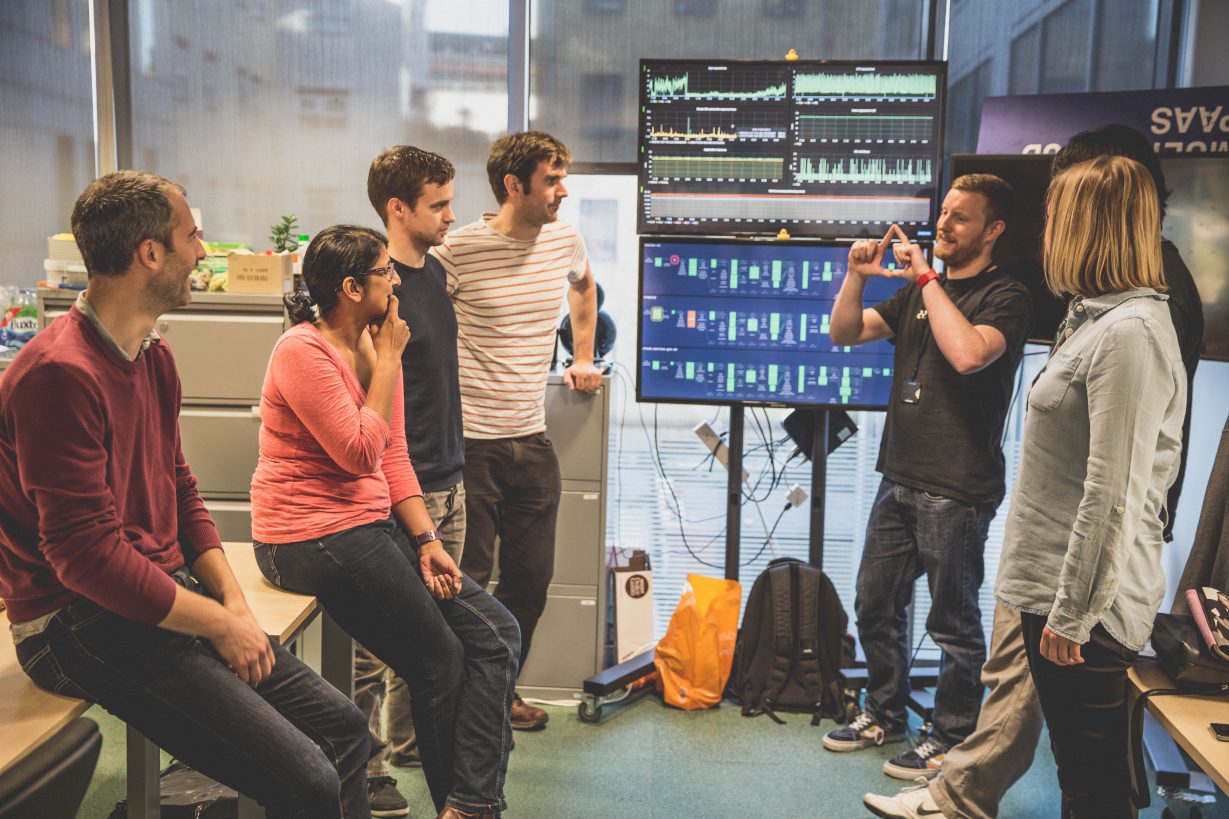
We’ve all been in group situations where the discussion is dominated by the most confident or the loudest people in the room.
The less dominant or newer members of the group hesitate to voice their opinion. Others get distracted waiting for the right moment to jump in, only to find that when there is a chance to speak, the conversation has already moved on.
We’ve all interrupted or been interrupted.
In my experience, people don’t dominate a conversation or interrupt others because they are unkind or power-hungry. It usually happens because they’re passionate. And when a large group of passionate people come together, whatever the organisation, there’s a risk that meetings can become a bit chaotic, unfocused and frustrating.
Stephen Hawking said: “Quiet people have the loudest minds”. We must do our best to ensure we create an environment in which everybody’s opinions are heard. The team needs the input of quiet people just as much as the louder ones; we are a poorer team if they don't feel able to participate.
Ushering in a new way of communicating
The use of hand signals in the Platform as a Service team came out of a discussion we had at a retrospective. Our stand-ups and larger team meetings were getting longer and communication was becoming harder. One of our team members suggested hand signals as a way to help with this, and we all agreed.
Our team uses 6 hand signals. They convey:
- agreement
- disagreement
- wanting to talk
- a direct response
- clarification
- point of order, which is used when the conversation has strayed

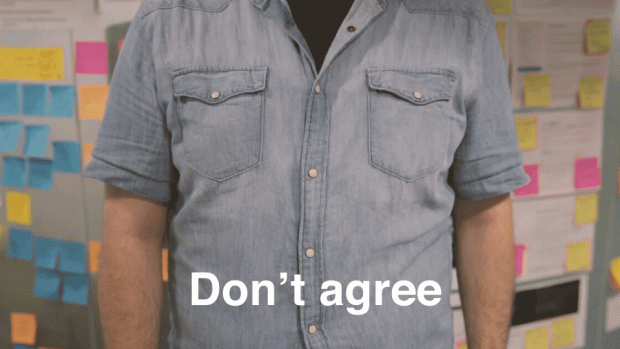

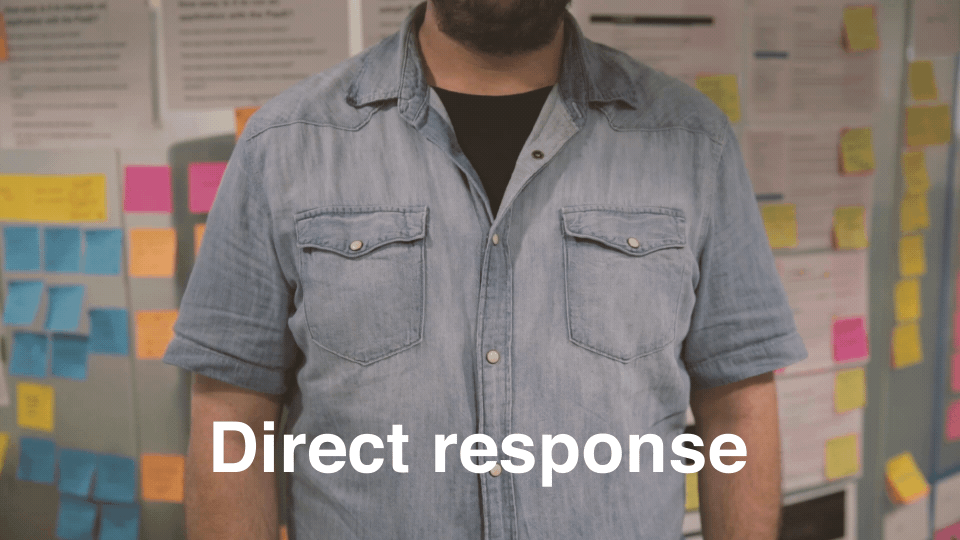
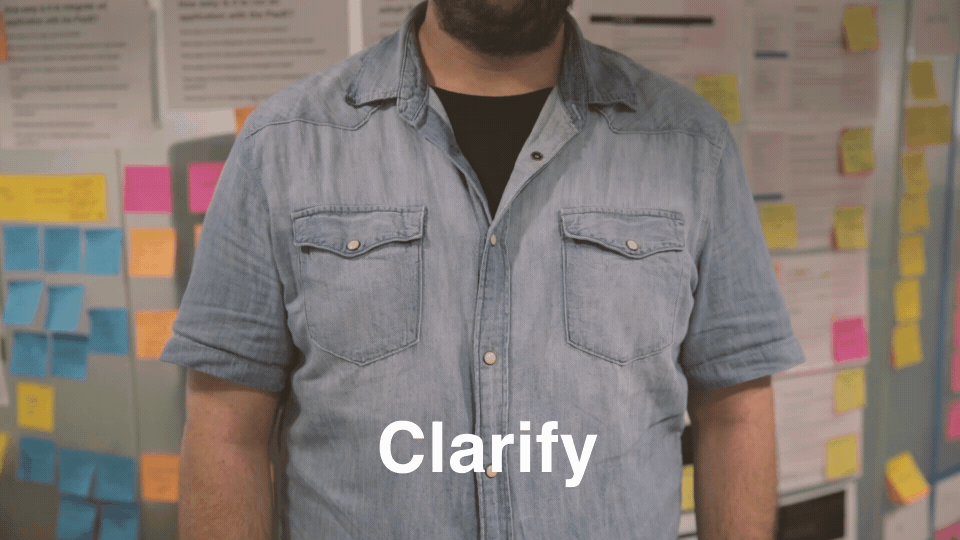
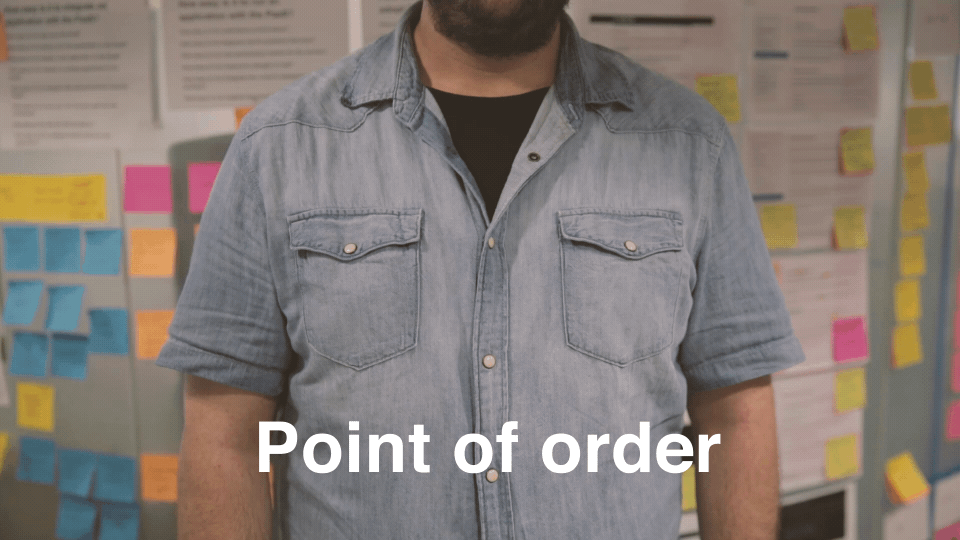
In the first week that we used them, people felt very self-conscious. It does look a bit strange to outsiders. But, as Will Myddelton put it: “It sounds weird, but when you see it in action it is strangely beautiful.”
Getting hands on
One team member said that when they joined the team, they were bemused to see the hand signals in operation, but the value quickly became obvious.
For some, learning the signals can take time but using them soon becomes second nature. It takes discipline to make hand-signalling their default response and they have to remember which hand signals to use.
We now use hand signals on a daily basis in discussions involving more than 3 people. They are used in stand-ups, planning meetings, retrospectives and impromptu discussions. We don’t use them when we have visitors from outside the team because it would be a bit like having a discussion in a different language in front of people who can’t speak it.
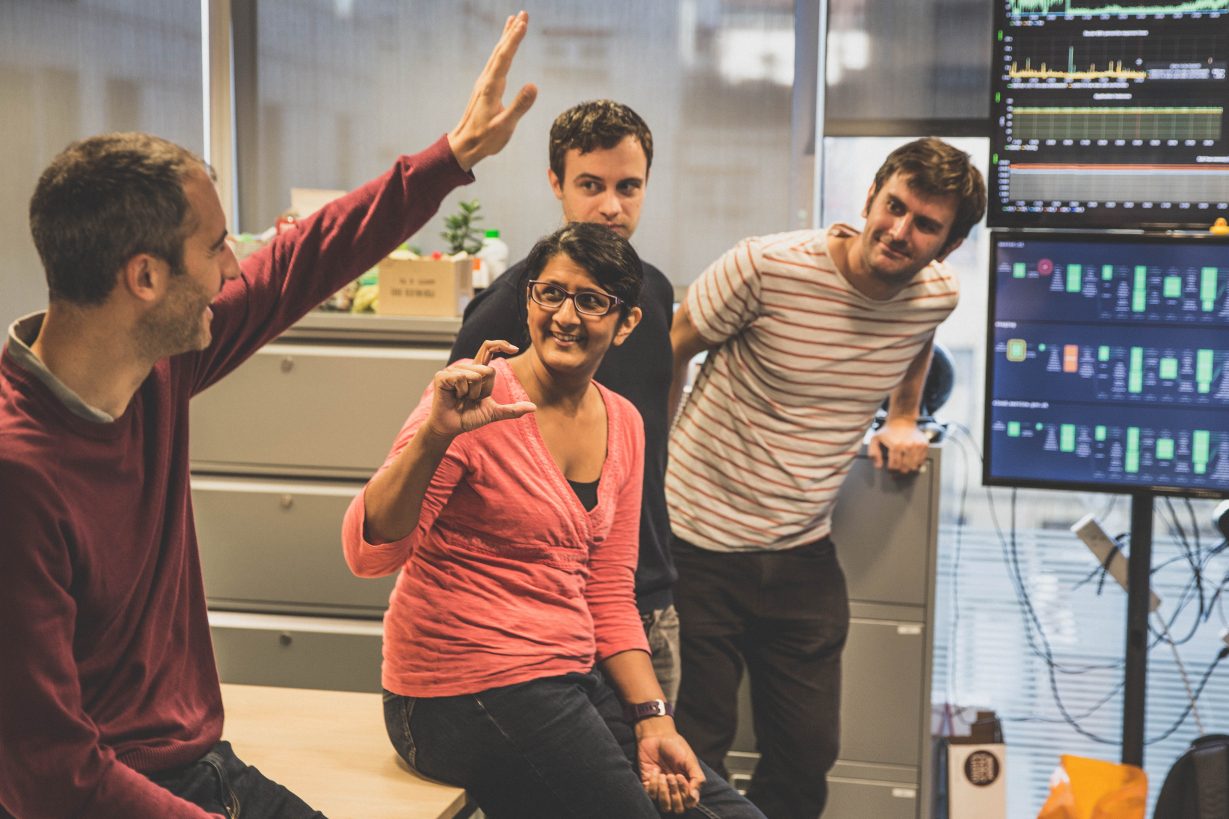
Giving hand signals a thumbs up
There are so many benefits. Using hand signals really does level the playing field and can be a useful way to build up confidence.
The flow of conversation is improved. Agreement or disagreement can be demonstrated without speaking. Whoever is talking is free to finish without interruption, and gain feedback as they talk.
We spend the same amount of time in meetings but we have more focused discussions and certainly get through more content. People can have a voice without worrying about when to jump in.
While I don’t find myself slipping into using hand signals in my personal life, in big group settings such as conferences or seminars I do miss them.
Using hand signals is just one way of communicating in groups which we’ve found to be effective. If you’re team adopts any other approaches, please share in the comments.
Follow GDS on Twitter, and don't forget to sign up for email alerts.


15 comments
Comment by Jim Humm posted on
Have you ever heard of the chairman's role in controlling meetings?
Comment by Richard Mills posted on
Great if it works, but as others have said, it would make more sense to use existing BSL signing. We don't need to create stuff for the sakes of creating it, and it means that we are learning a skilll that can be expanded upon and potentially might be useful outside of work.
Comment by Emilene posted on
In my last team we used the 'fist of 5' (I think that's what it was called) method - you'd raise fingers depending on how much you agreed with a suggestion: 5 fingers (open hand raised) to indicate full agreement; no fingers (closed fist) to indicate complete disagreement and variations in between for partial agreement. It worked well because it meant you could quickly move on if everyone agreed without needing discussion. But if people had doubts they could easily show it and then discuss 'why not 5?'.
Comment by anjanesh babu posted on
This is an awesome idea ! I have been on the fringe in some meetings and instinctively raised my hand a few times .. a bit timidly I must add.
A very refreshing angle and thank you for sharing.
Comment by JIm C posted on
Great blog post Dan... I still find myself wanting to use these hand signals all the time in non-GDS stand-ups. I'm going to share this blog post with my new team.
Comment by Simon Coles posted on
It's awesome that you've identified an issue in group communication and have come up with a solution.
But... if you're seeing this kind of issue in groups, chances are you've got issues elsewhere, both with communication between people, and also attitudes within the group.
We're a software company and had the same issues ourselves - software is a devilishly hard communication problem! We ended up using a technique called Clean Language which not only fixed the meeting problem but also a lot of the underlying issues. It took us a couple of years for the culture to embed - it isn't a quick fix. But the result is a lovely place to work 🙂
There's a good TED talk on Clean here https://www.youtube.com/watch?v=aVvcU5gG4KU. Happy to discuss further if you're interested.
I've also bumped into The Core Protocols which some people swear by but we've not really needed, I suspect because we pushed Clean throughout the organisation.
Comment by Tom Wrenn posted on
Hi! Could you clarify ( 😉 ) how the Direct Response hand gesture is used?
This is exciting! Thanks for posting!
Comment by Henry Propsting posted on
I'm fairly sure that the point of order sign looks very similar to rude word in BSL. Did you check up on this?
Comment by Samantha Laing posted on
Love it!
We use handsignals to help facilitate training sessions and meetings all the time. Our most used one is "off track" and we borrowed the "applause" signal from sign language. Should anyone feel the conversation is off track or should be parked they use the signal, the conversation gets parked.
Another is the "hand up" to signal ready to move on. When you see a hand up, you too put your hand up, you stop talking and quickly the room gets quiet and we are able to move onto the next item with shouting and screaming for attention 🙂
Comment by Lyndon posted on
Kudos to you all using hand signs! That's great! Showing the importance and how useful is using the sign language.
If you ever have a Deaf staff - employed in GDS who is BSL (British Sign Language) user, then the team will need to learn sign language rather than creating your own sign languages or gestures? Why create new sign languages when the BSL is already in place for over hundred of years and has been recently made legalisation "BSL (Scotland) Act 2015" as a language in it own right - as equivalent to English, Welsh, or Gaelic, etc. Soon others will follow such as NI, Wales and finally England.
Hopefully one day GDS will finally employ Deaf staff who use BSL - making a true diversity and equality workplace. There are many talented and qualified Deaf people out there, but unfortunately, there are too many misconceptions by the company / employer at work and the way some interviews / tests are organised, making them 'disabled'. Hopefully, it will improve.
Nevertheless, GDS, keep it up with good work.
Comment by Sabine posted on
Some BSL signs could definitely be useful - thought it would feel strange using them if there wasn't actually any deaf staff present. (Who would know if we're using them correctly ...?) If we had any deaf staff, they would most likely have an interpreter with them. Learning BSL to conversational level takes as long as with any other language - so all team members learning BSL wouldn't be feasible. (I have worked with deaf staff in my previous job and passed my level 1 exam - it really doesn't get you very far.)
Apart from that - I think this is a great idea; anything that acknowledge and embraces difference should be welcomed.
Comment by Olly posted on
Please Please Please put a video of a meeting with hand signals in action. It would be great to see the whole experience.
Comment by PaaS team posted on
Hi Olly, it's certainly something we would consider doing. We'd have to make sure we don't end up 'acting' the hand signs because everyone is conscious of the camera - which is what happened when we took the first few photos for this post.
Comment by David Potts posted on
What do you do when you have somebody with a visual impairment on the team? #accessibility
Comment by PaaS team posted on
We haven't had to test our way of working with someone who has a significant visual impairment, but we'd be really interested to know how other teams make sure that visually impaired people are able to fully contribute.
We have a person on the team with some hearing loss, and the hand signals actually help when following the flow of conversation as well as when participating.